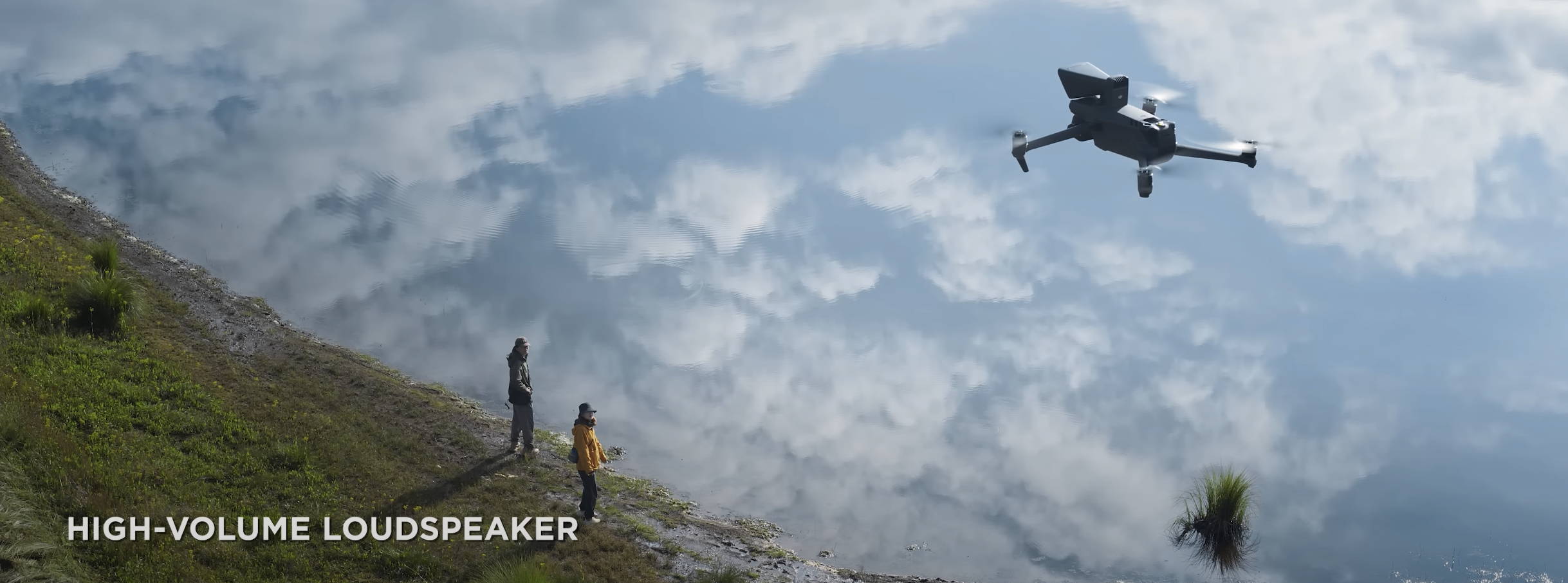When conducting thermal imaging with DJI Mavic 3 Thermal, there are several best practices to keep in mind. Firstly, it's important to choose the right time of day for thermal imaging. Objects and surfaces emit different levels of thermal energy depending on the amount of sunlight they receive. Therefore, conducting thermal imaging during consistent lighting conditions will result in more accurate temperature readings and thermal images.
Additionally, understanding the emissivity of different materials is essential for accurate thermal imaging. Emissivity refers to the efficiency of a material in emitting thermal radiation. Different materials have different emissivity values, so it's important to account for these variations when analyzing thermal images. For example, when performing thermal inspections of power lines, it's crucial to understand the emissivity of the materials involved to ensure accurate temperature readings. Power lines are typically made of aluminum or copper, which have different emissivity values compared to other materials in the surrounding environment, such as vegetation or insulation materials.
Emissivity Values:
Aluminum: Approximately 0.1 - 0.3
Copper: Approximately 0.2 - 0.3
Vegetation: Approximately 0.9
Insulation Materials: Approximately 0.7 - 0.9
When the drone captures thermal images, the camera measures the infrared radiation emitted by these materials. If the emissivity settings on the thermal camera are not adjusted to match the specific material being inspected, the temperature readings could be inaccurate. For example, an aluminum power line might appear cooler than its actual temperature if the camera is set to a higher emissivity value suitable for vegetation.
To account for these variations, the inspector should:
• Set the Correct Emissivity: Adjust the thermal sensor settings to match the emissivity of the power line material.
• Compare with Known Values: Use known emissivity values of the materials to interpret the thermal images accurately.
• Conduct Calibration: Periodically calibrate the thermal camera to ensure it provides accurate readings for different materials.
• By understanding and accounting for emissivity differences, inspectors can accurately identify hot spots and potential issues in the power lines, preventing failures and ensuring reliable electrical infrastructure.



